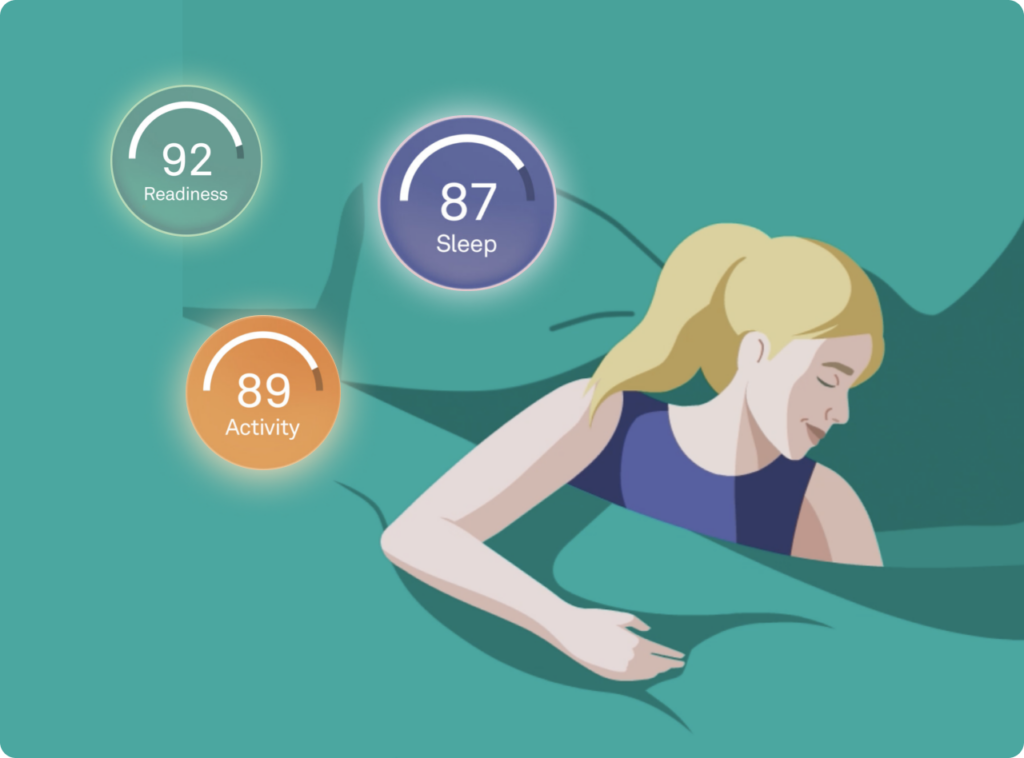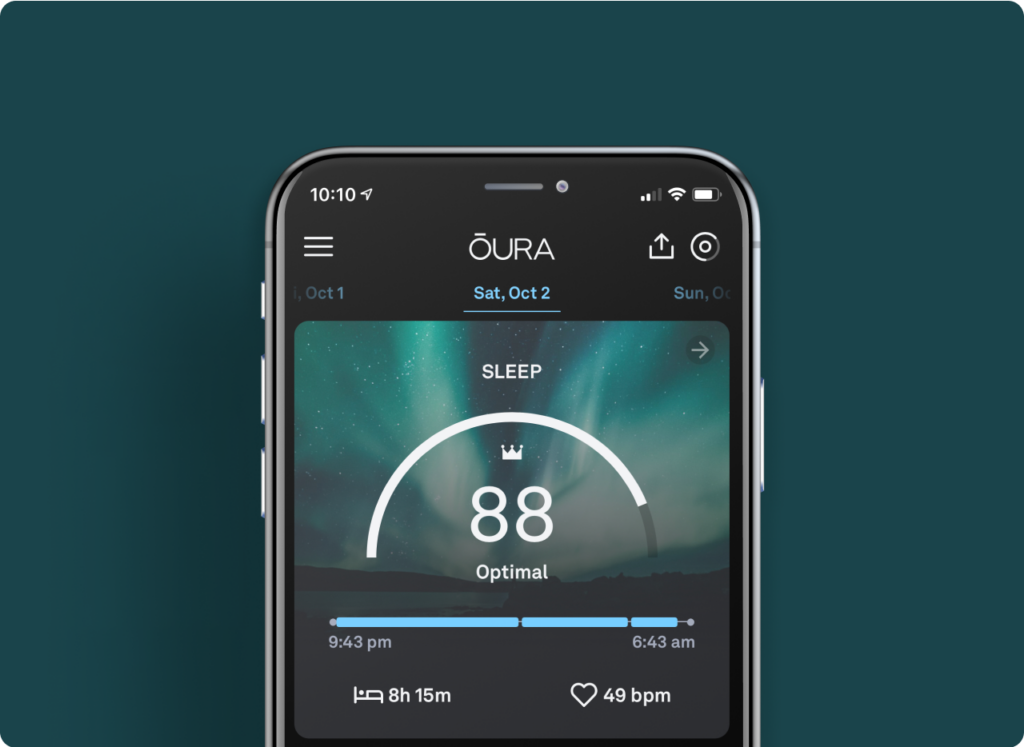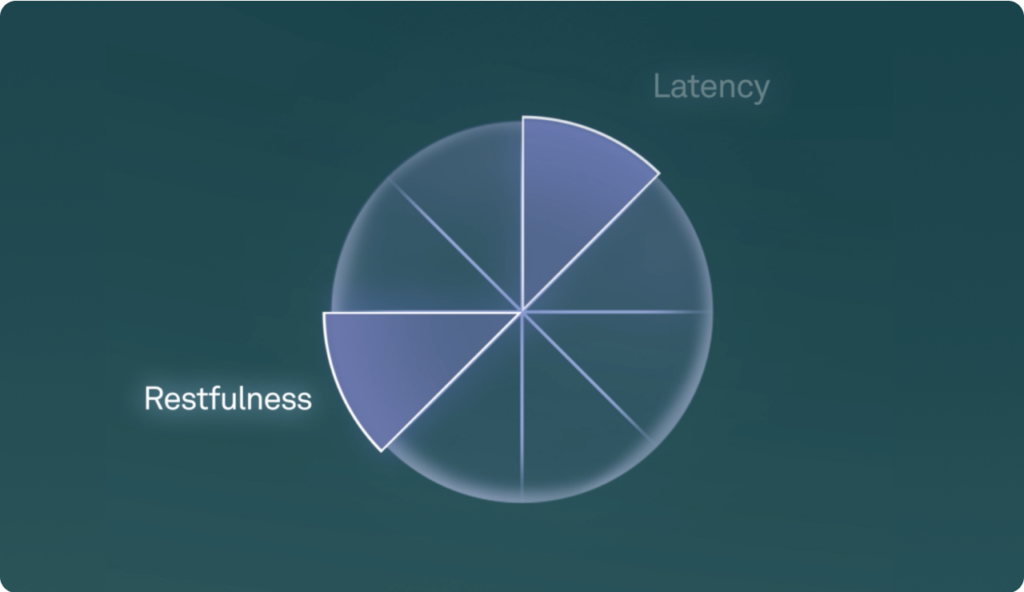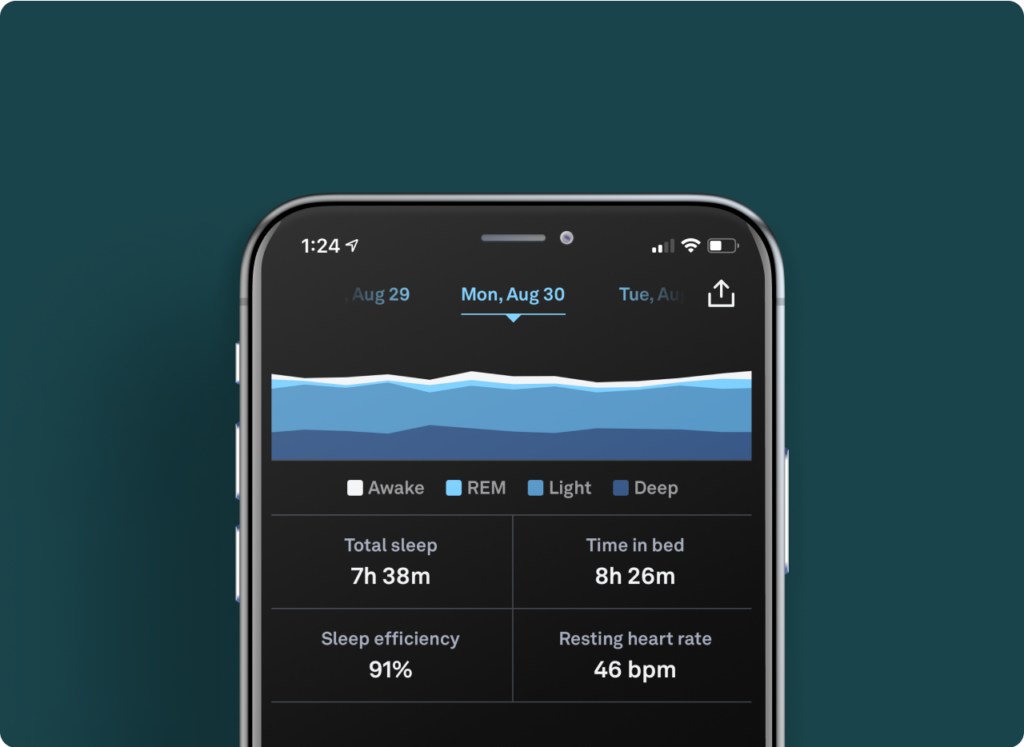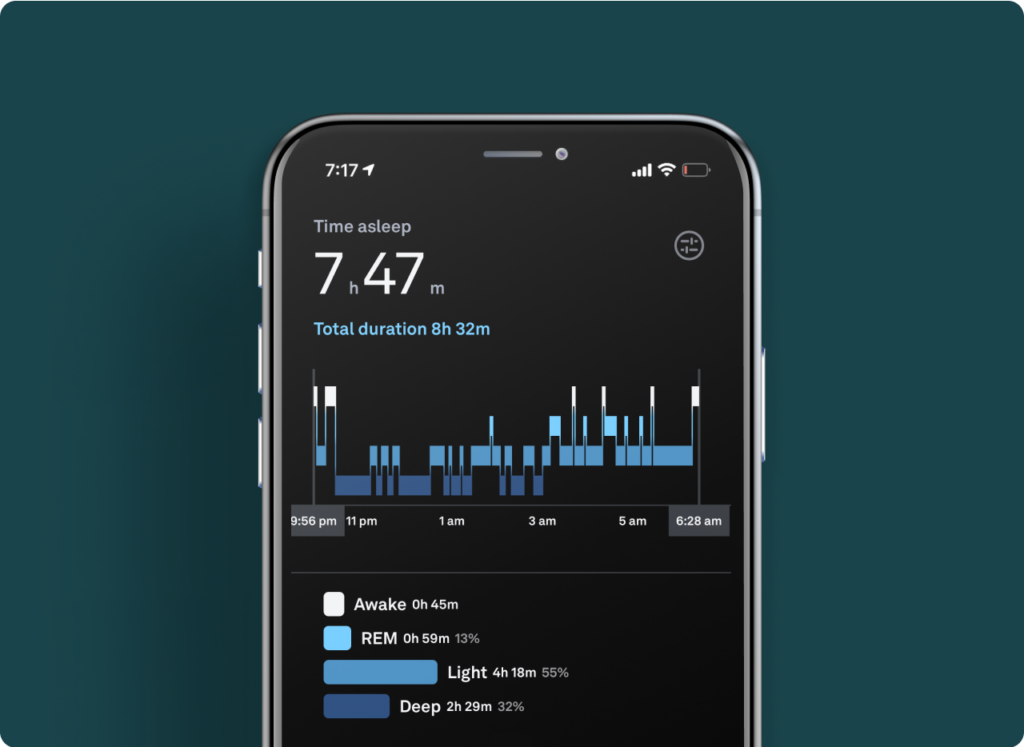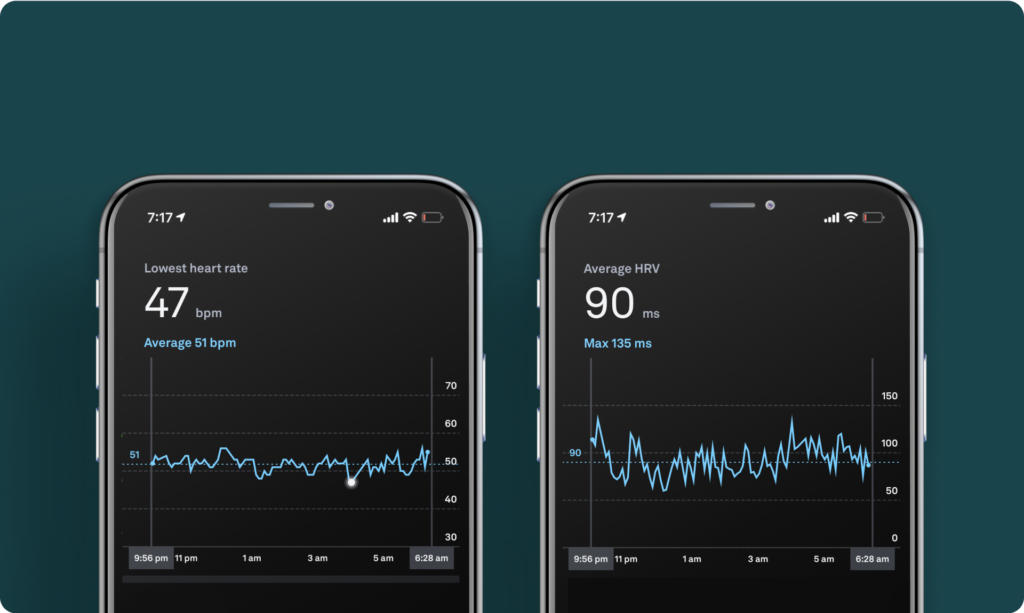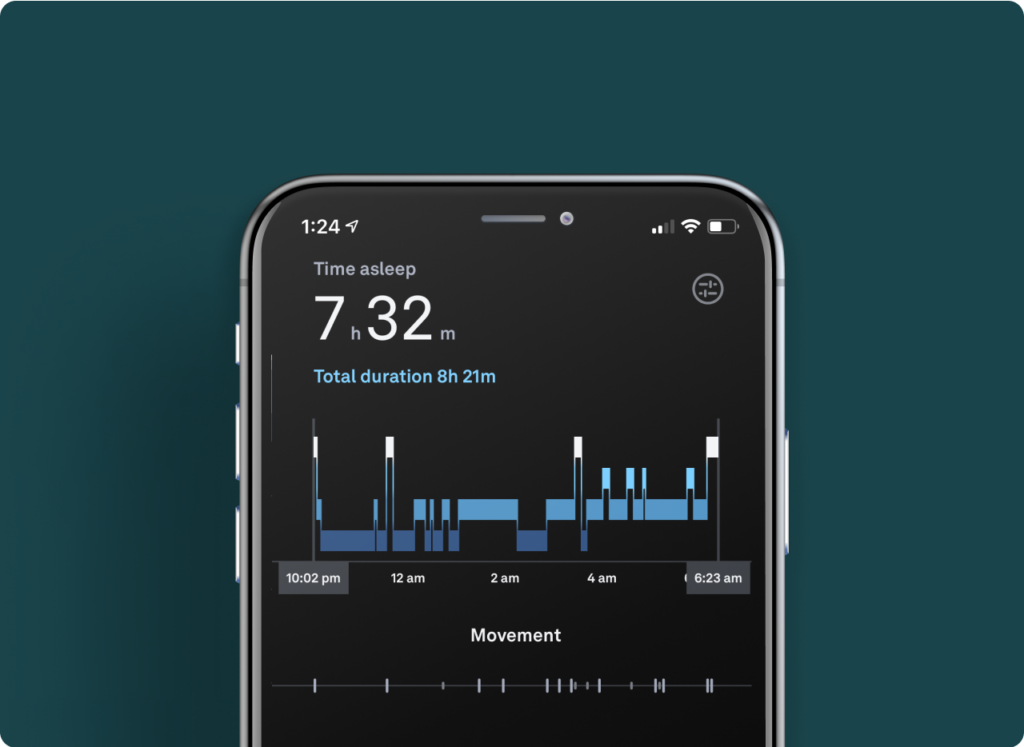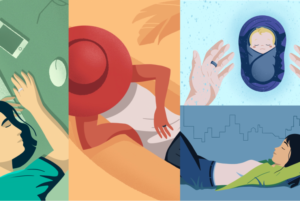Your BioRingo Sleep Score
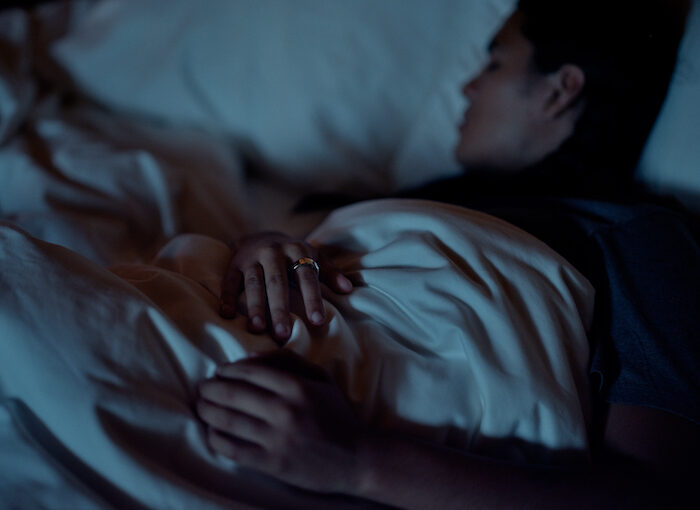
Table of Contents:
- What is Your Sleep Score
- Your Sleep Contributors
- More Sleep Tools
- How To Improve Your Sleep Score
What Is Your Sleep Score?
Your Sleep Score is one of three Oura scores that help you answer different questions about your health:
- Your Readiness Score: How ready are you for the day?
- Your Sleep Score: How well did you sleep last night?
- Your Activity Score: How are you balancing your activity, inactivity, and rest?
Your Sleep Score ranges from 0-100 — telling you, at-a-glance, the quality of your sleep and if there are elements that you can adjust to meet your goals:
- 85 or higher: Your sleep is optimal, keep it up!
- 70-84: Your sleep is good, you’re on the right track.
- Under 70: Your sleep is off and maybe balance seems off and there may be lifestyle changes you can make to improve it.
Your Sleep Contributors
Your Sleep Score is made up of seven different personalized sleep elements known as Sleep Contributors. Your contributors help you answer deeper questions about what is impacting the overall quality of your sleep.
- Total Sleep: “Did you get enough sleep?”
- Efficiency: “How much of your time in bed did you actually spend sleeping?”
- Restfulness: “Did you toss and turn?”
- REM Sleep: “Did you get enough REM sleep?”
- Deep Sleep: “Did you get enough deep sleep?”
- Latency: “How quickly did you fall asleep?”
- Timing: “When are you getting to sleep? Are you going to bed according to your body’s natural circadian rhythm?”
These contributors are designed to help you spot which elements of your sleep are strong and which need improvement.
More Sleep Tools
Beyond your Scores and Contributors, Oura provides more tools to investigate your sleep. At the top of your Sleep tab are 4 additional metrics that support a quick glance at your sleep the night before: Total Sleep Time, Time in Bed, Sleep Efficiency, and Resting Heart Rate.
Scroll down the Sleep tab even further, and you’ll see a summary of your night’s sleep separated into sleep stages. All four stages of sleep are considered in your Sleep Score: Awake Time, Light Sleep, Deep Sleep, and REM Sleep. Learn more about sleep stages here.
Scroll down the Readiness tab further, and you’ll find your nightly HRV and RHR graphs. Oura is the only wearable that gives you your entire night of HRV data and empowers you to look for recovery patterns in your nighttime heart rate graph.
BioRingo also provides a Nighttime Movement graph. Excess movement can impact how restorative your sleep is — affecting your mood, productivity, mental sharpness, and health.
How To Improve Your Sleep Score
If you’re looking for ways to improve your Sleep Score, keep these principles in mind:
- Contributors where you receive a “pay attention” message, with a red progress bar, are areas for potential improvement.
- A Sleep Score of 85 or above is optimal. 100s are designed to be rare rather than regular.
- Sleep naturally fluctuates and there may be periods of time where your sleep is better or worse..
As you’re exploring which Sleep Contributors you can improve, look for contributors that are red (“pay attention”) and consider which questions they help you answer.
- Total Sleep: “Did you get enough sleep?” Most adults need 7 to 9 hours of total sleep to perform well and stay healthy. To improve this contributor, try to give yourself more opportunities to stay in bed long enough to get the sleep you need. It can be helpful to take a closer look at whether your total sleep time follows a pattern, like being low during the week and high only on the weekends.
- Efficiency: “How much of your time in bed did you actually spend sleeping?” For adults, an Efficiency of 85% is considered optimal. If you are spending more time awake in bed, consider addressing what might be waking you up – is caffeine causing you to toss and turn? Noise? Light? Try changing one habit or variable at a time and look for results.
- Restfulness: “Did you toss and turn?” Waking up, tossing and turning, or getting up is normal at a low level but moving around too frequently will lower your restfulness. Try using your Nighttime Movement graph to identify when you might be waking up – is it throughout the night (e.g., potentially snoring or a pet on the bed) or is it at certain times of the night (e.g, early morning light or sounds).
- REM Sleep: “Did you get enough REM sleep?” This measures the percentage of time spent in REM sleep, reflected in hours. Associated with dreaming, memory consolidation, and creativity, REM sleep decreases with age. On average, REM sleep accounts for 20-25% of total sleep time for adults. A REM sleep total of 90 minutes or more will result in an optimal Sleep Score. Because REM sleep occurs more in later sleep cycles, the best way to get more REM is to sleep for longer.
- Deep Sleep: “Did you get enough deep sleep?” This measures the percentage of time spent in deep sleep, reflected in hours. The most restorative and rejuvenating sleep stage, deep sleep makes up anywhere from 0–35% of your total sleep. Deep sleep takes your age into account and will result in an optimal Sleep Score around 90 minutes for young adults and 45 for older individuals. Try these tips.
- Latency: “How quickly did you fall asleep?” This is the amount of time it takes you to fall asleep at night. Ideally, you will fall asleep within 15 to 20 minutes of lying down. Falling asleep in less than 5 minutes could be a sign that you are going to sleep too late or not getting enough sleep. Too much or too little latency can affect your score. If you’re falling asleep too quickly, it may be a sign of sleep deprivation. If it is taking you longer to fall asleep, consider coming up with a wind-down routine that limits stimulation before bed.
- Timing: “When are you getting to sleep? Are you going to bed according to your body’s natural circadian rhythm?” This lets you know if you fell asleep according to the natural rhythm of light and dark that supports a circadian rhythm. If the middle of your sleep falls between midnight and 3 a.m. (typically the darkest point in the night), your sleep timing is optimally aligned with a daily cycle. A consistent sleep routine, that supports your circadian rhythm, is important for your body’s essential processes—including metabolic and hormone regulation. Going to sleep within your Ideal Bedtime window will result in a higher Sleep Score.
